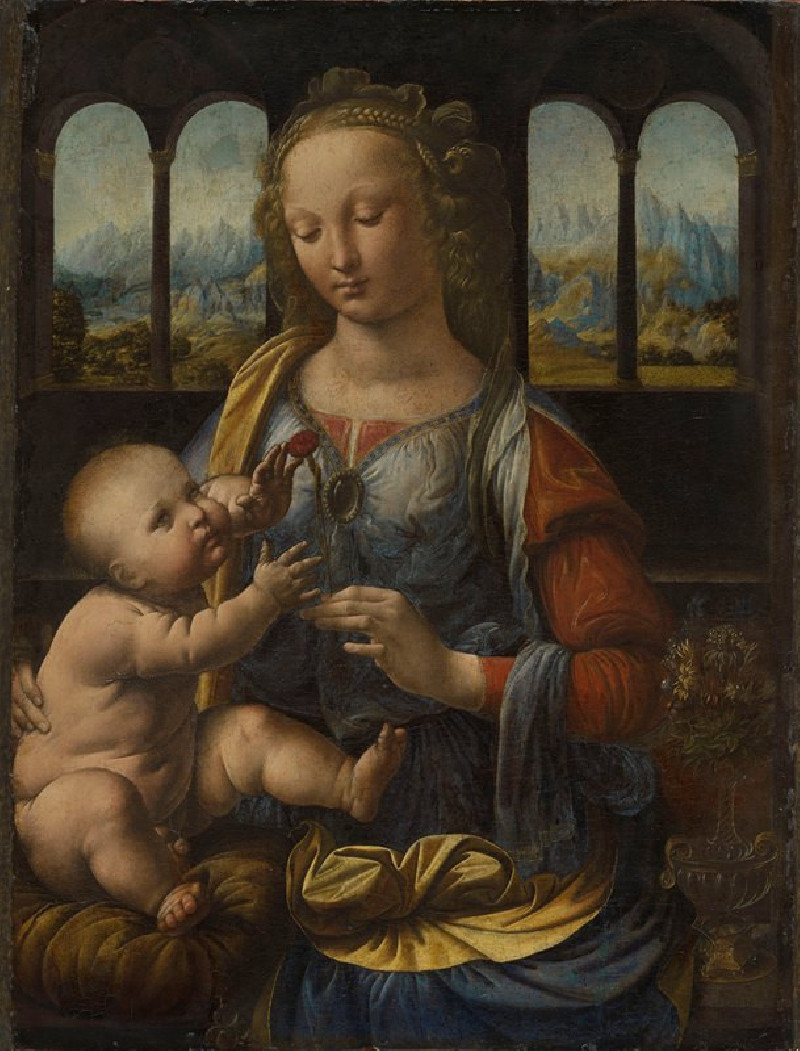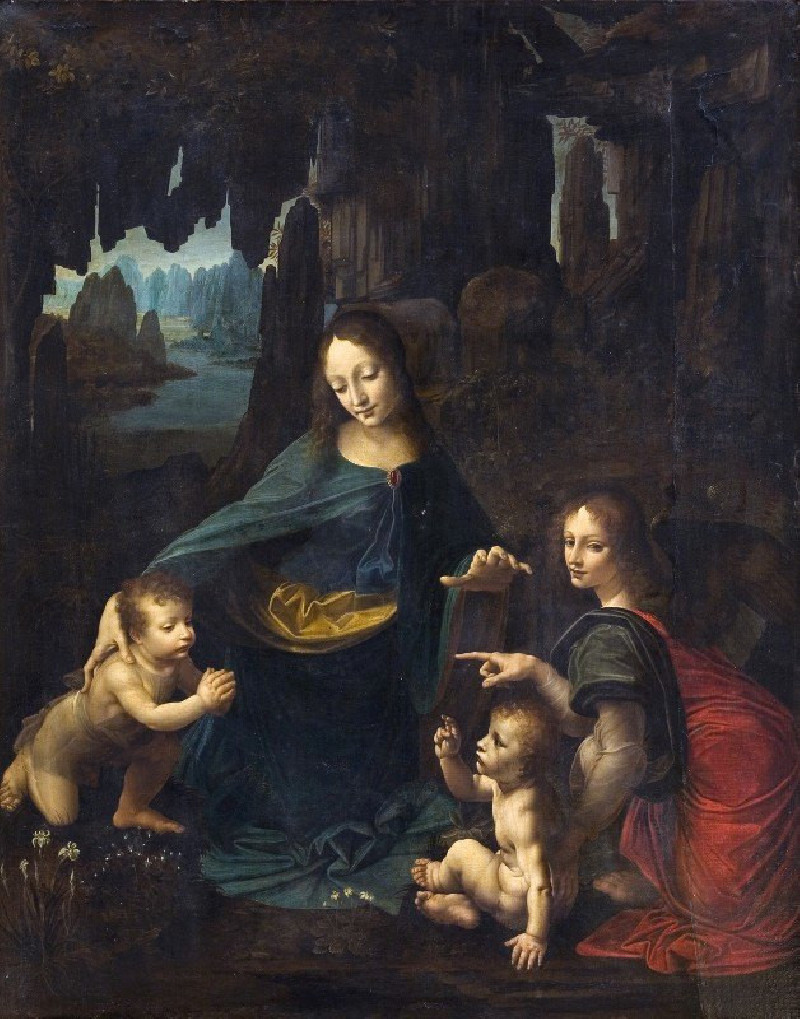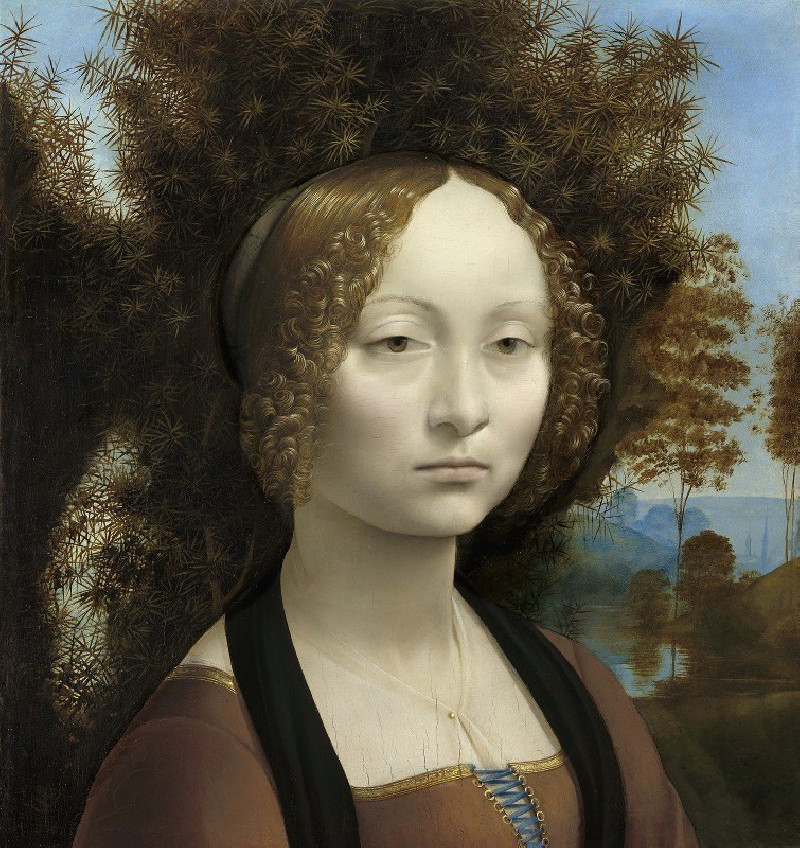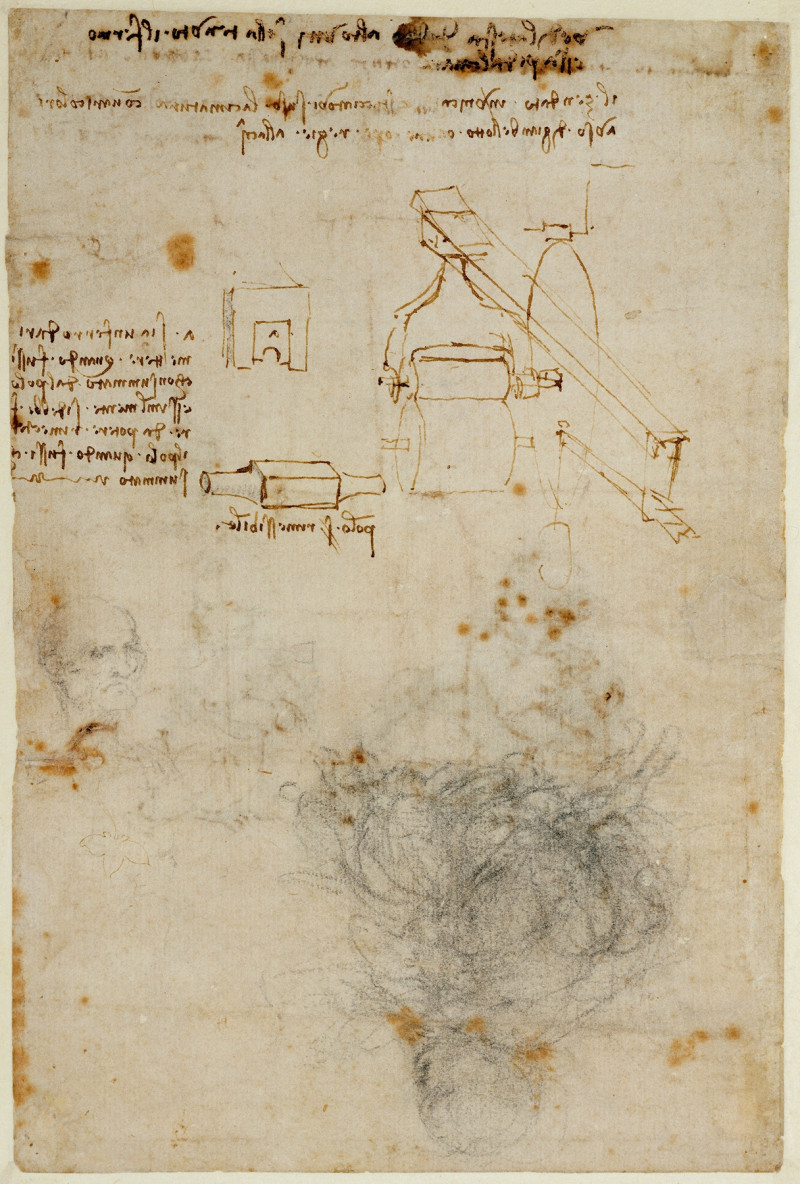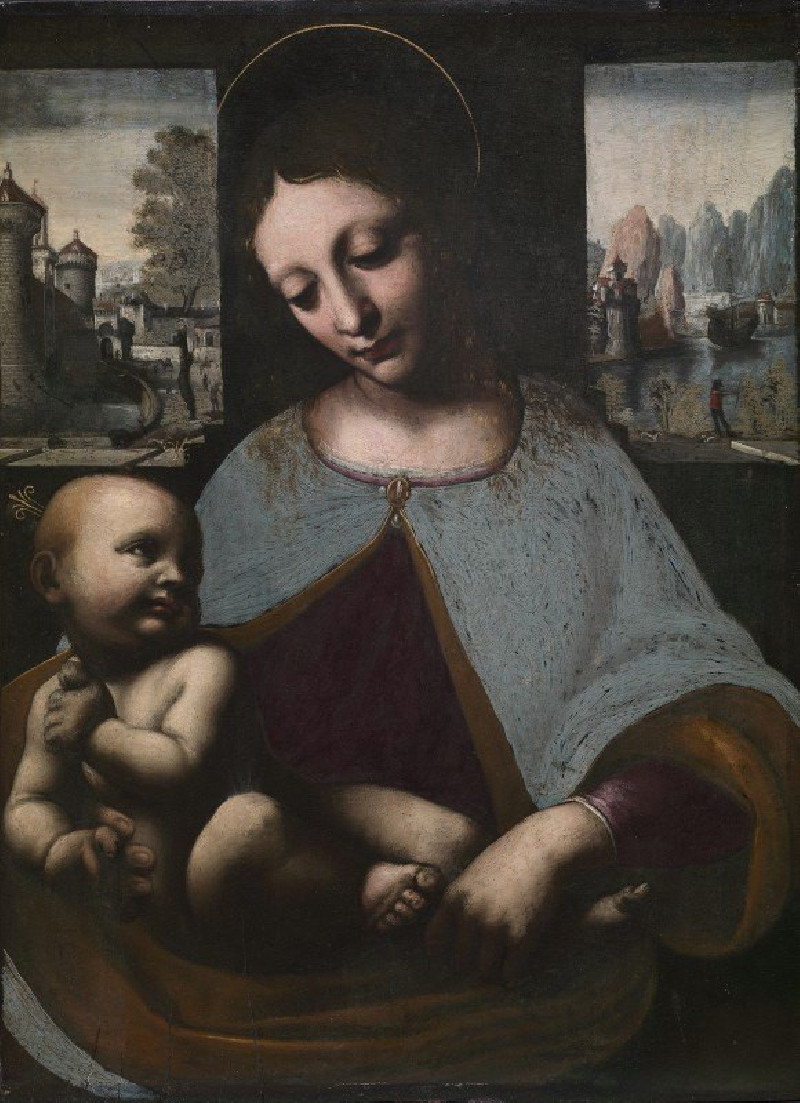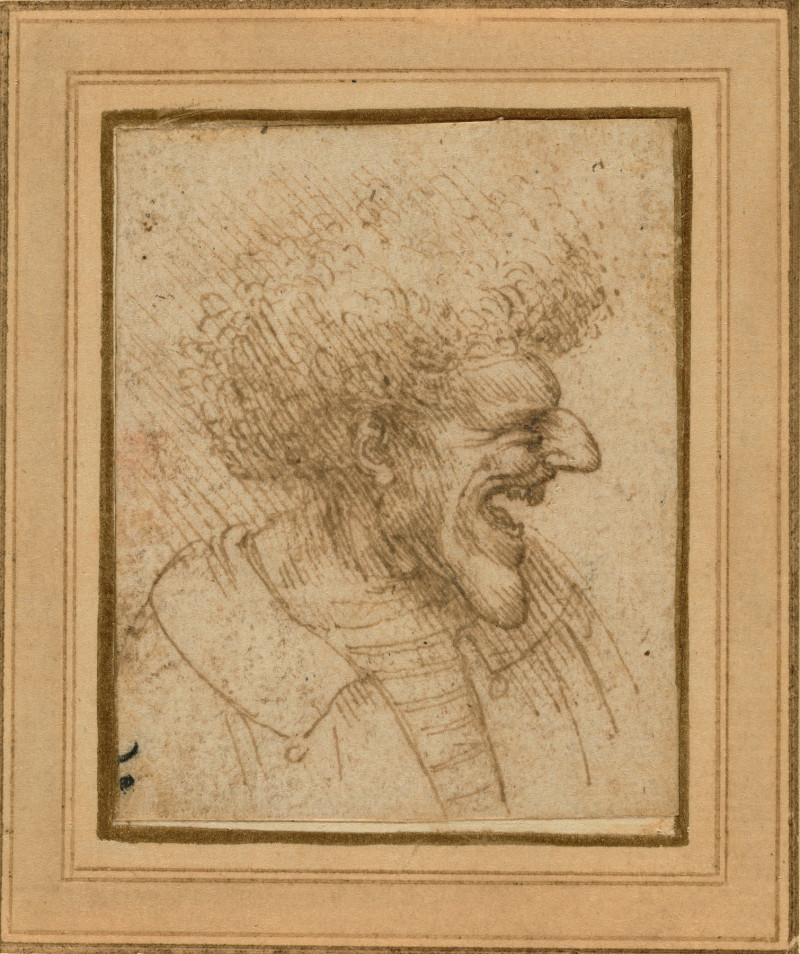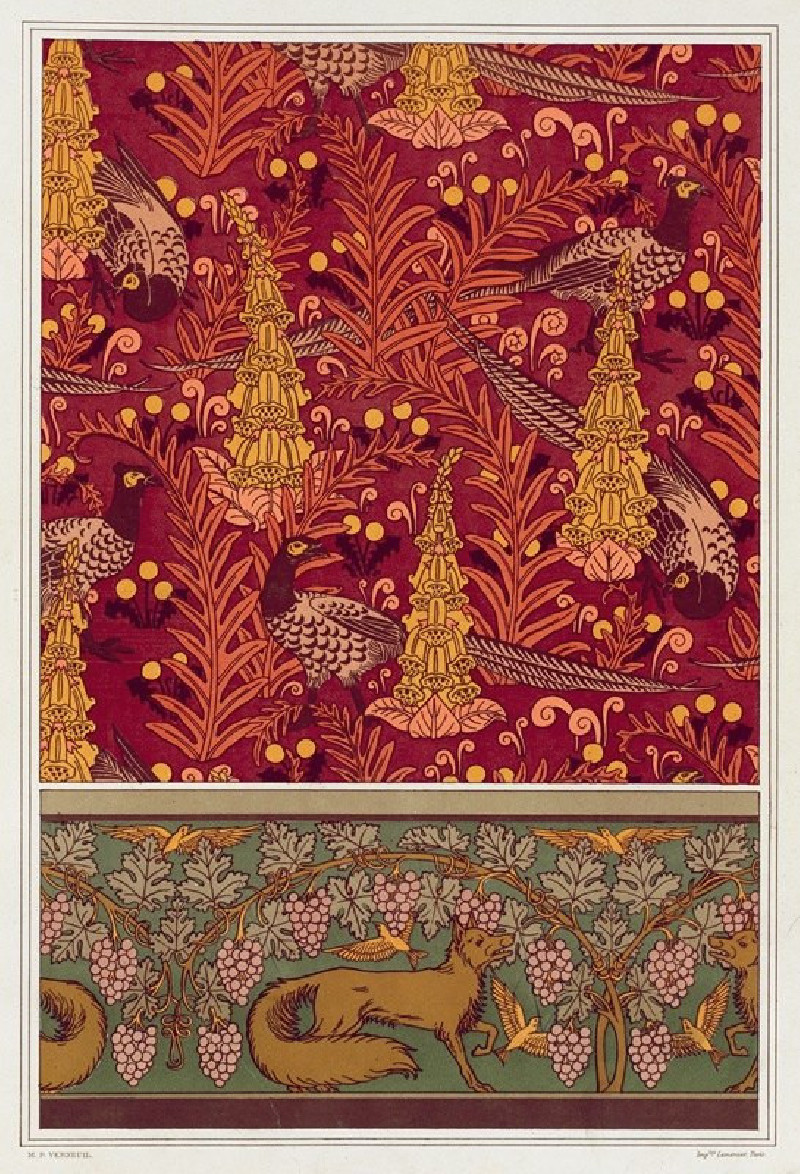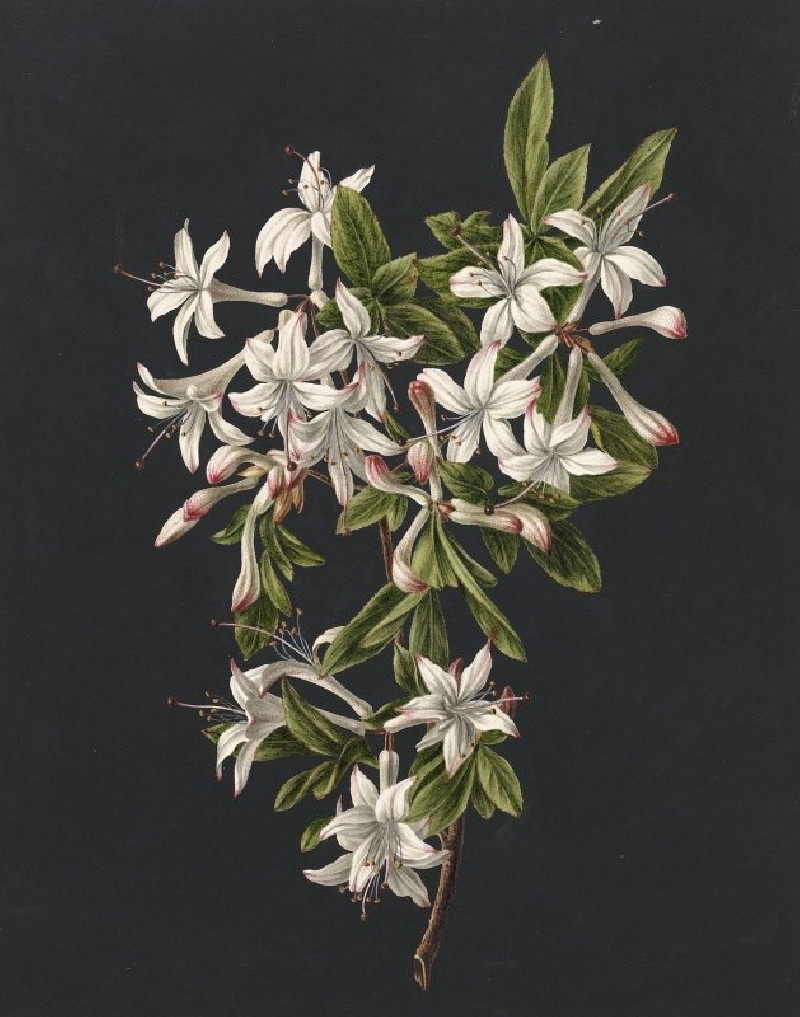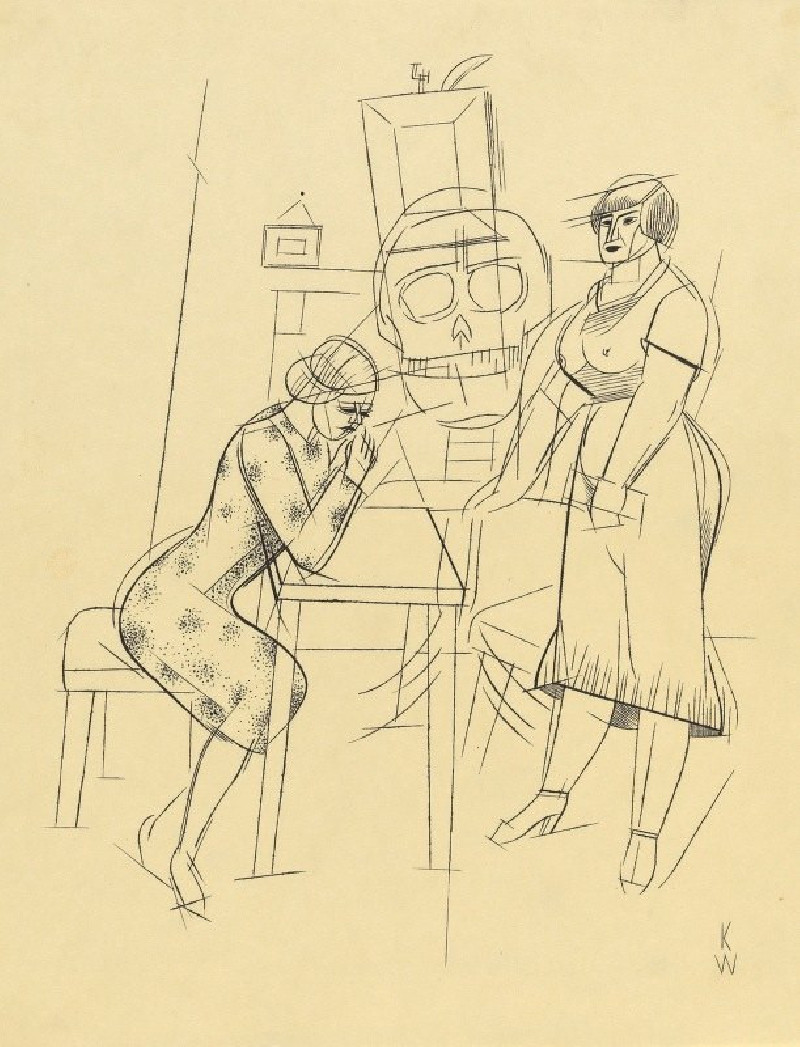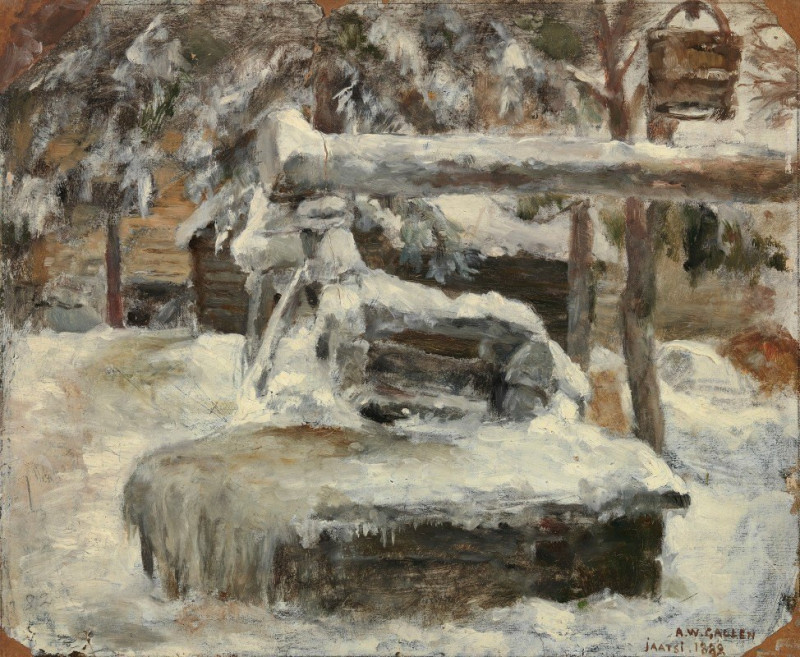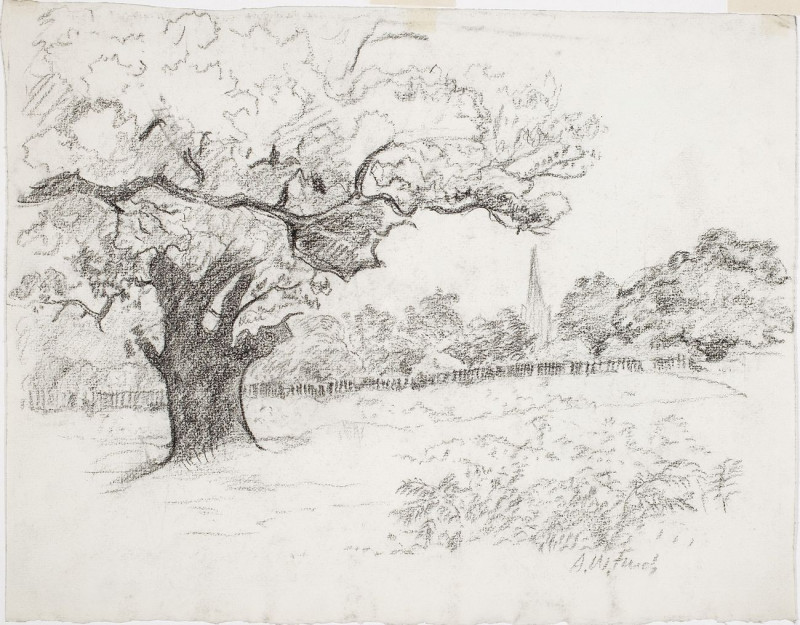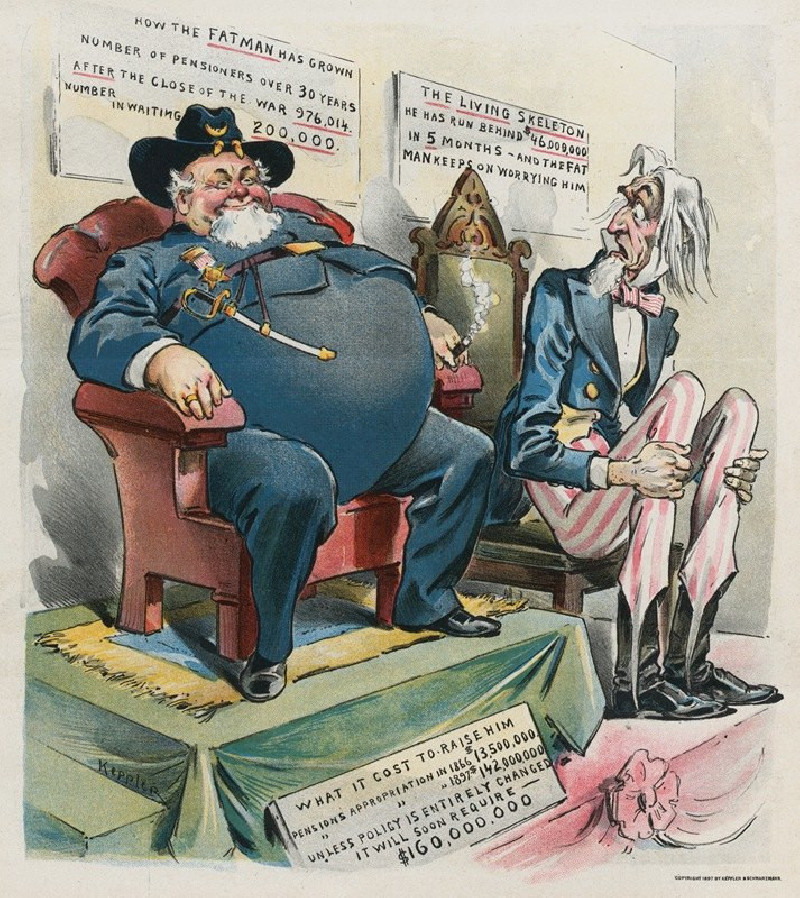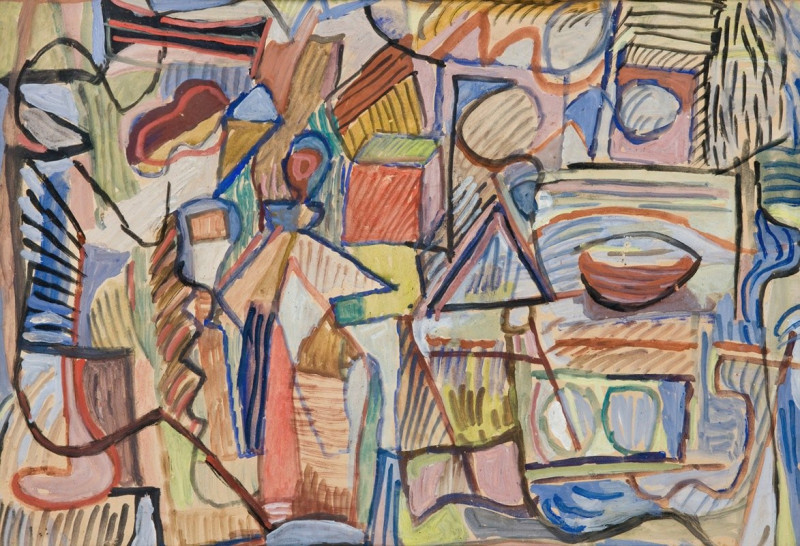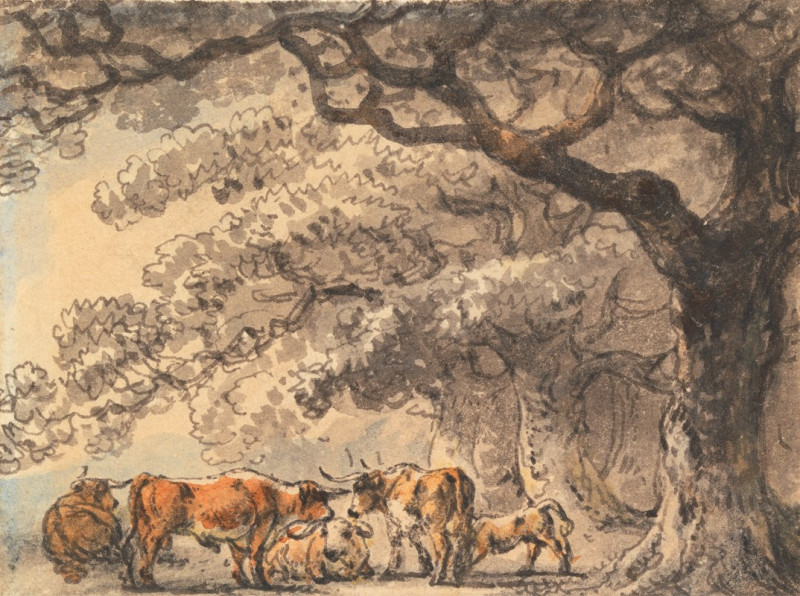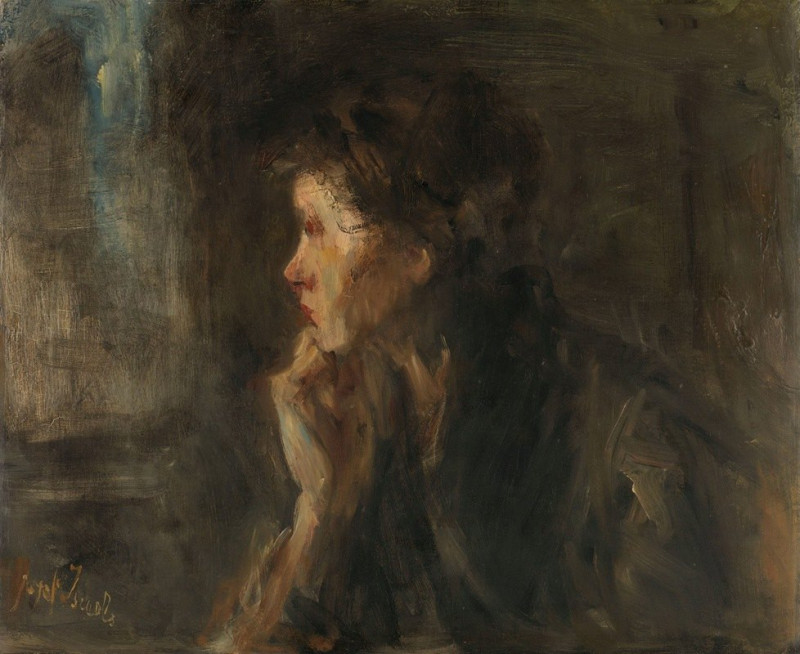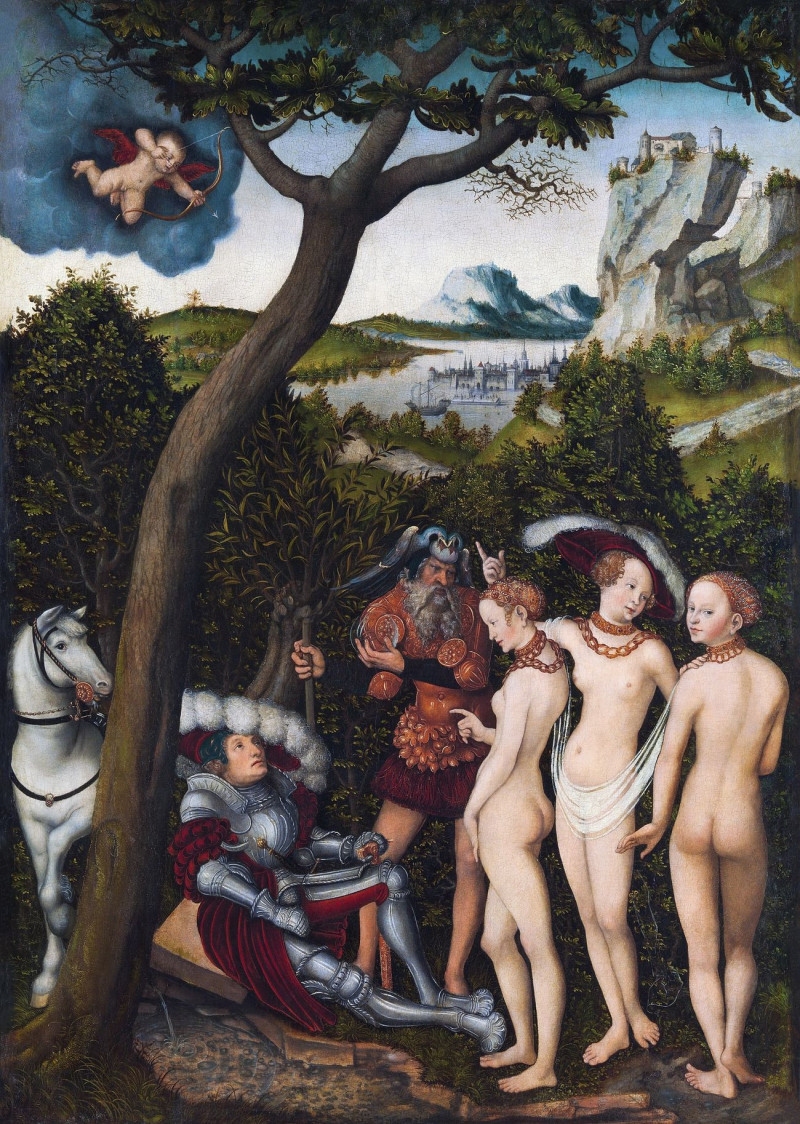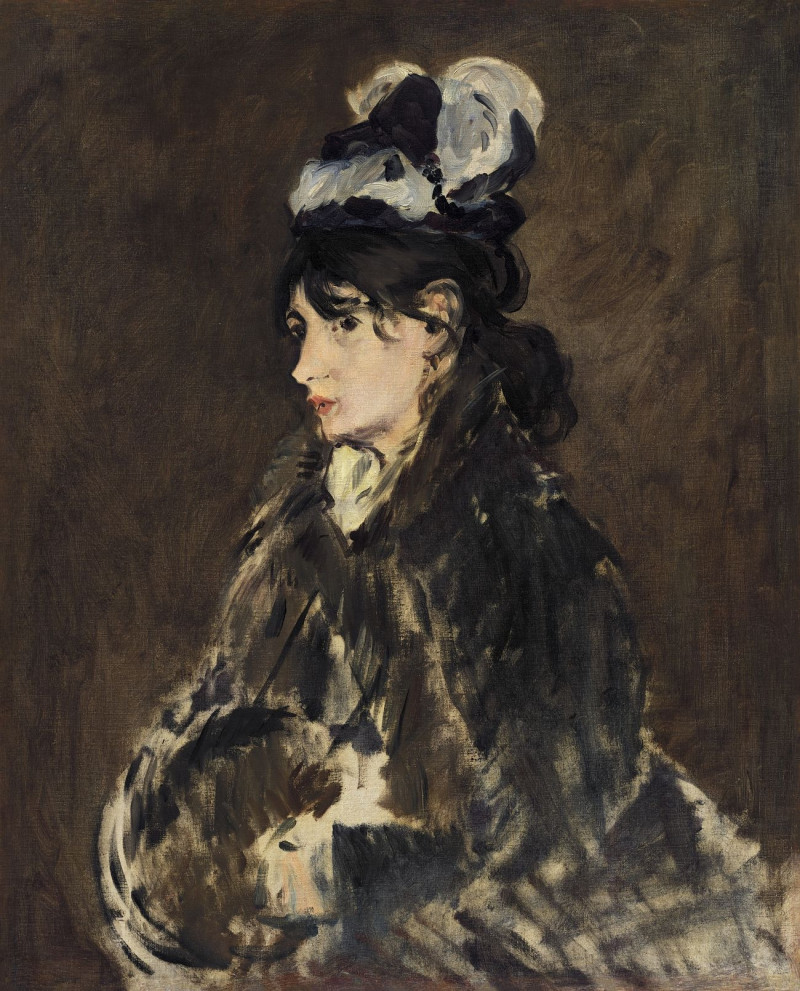Madonna of the Carnation (circa 1475)
Technique: Giclée quality print
Recommended by our customers
More about this artwork
Titled "Madonna of the Carnation," this early work by Leonardo da Vinci, created around 1475, offers a profound glimpse into his developing mastery as a Renaissance artist. The painting depicts a tender scene between the Virgin Mary and the infant Christ. Mary, cloaked in a richly colored robe of blue and red, serenely gazes downwards at the Christ child, who reaches out to grasp a carnation. This flower, shown in vibrant red, symbolizes passion and is often associated with the Crucifixion in Christian art, hinting at the future sacrifice of Christ.The setting of the painting is notably serene and intimate, positioned in an architectural terrace that opens to a distant landscape visible through a sequence of arched openings. These vistas reveal Da Vinci’s early experimentation with atmospheric perspective—a technique he would later perfect—providing a sense of depth and realism.This artwork not only underscores the religious themes typical of the period but also showcases Da Vinci's interest in the subtleties of human emotion and the detailed rendering of nature, themes that would define his oeuvre.
Delivery
Returns
Leonardo da Vinci was an Italian polymath of the High Renaissance who is widely considered one of the greatest painters of all time. The Mona Lisa is the most famous of his works and the most famous portrait ever made. The Last Supper is the most reproduced religious painting of all time and his Vitruvian Man drawing is also regarded as a cultural icon. He is also known for his notebooks, in which he made drawings and notes on science and invention; these involve a variety of subjects including anatomy, cartography, painting, and palaeontology. Leonardo's collective works compose a contribution to later generations of artists rivalled only by that of his contemporary Michelangelo.

